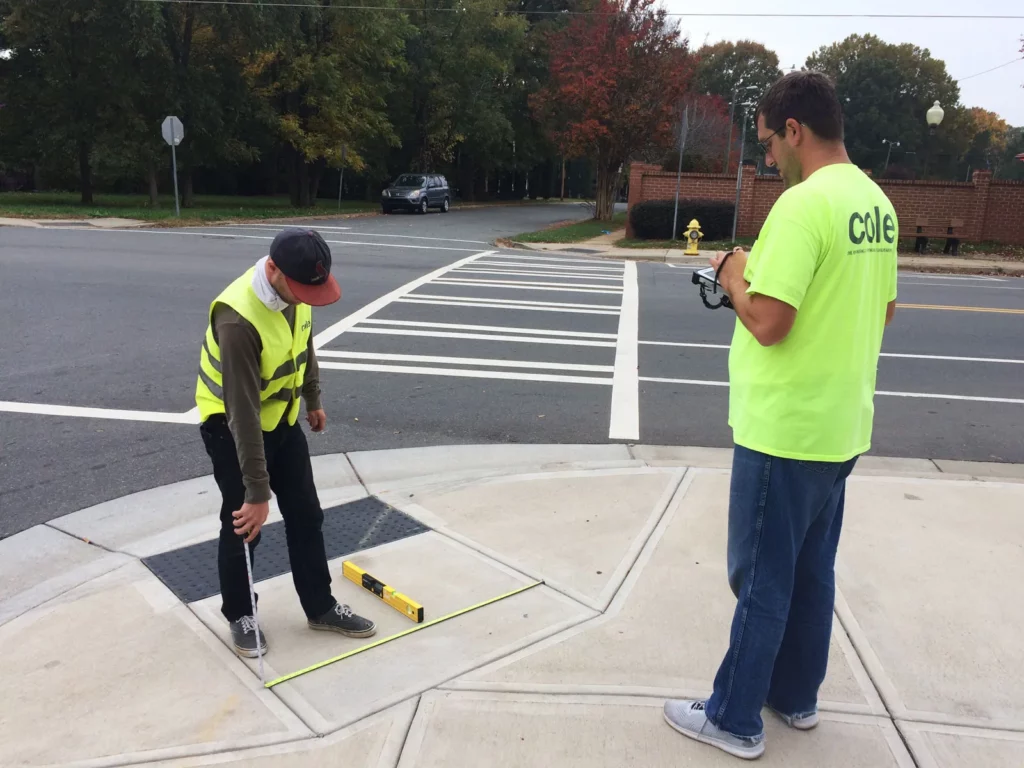Challenges With Utilizing Internal Staff & Interns For ADA Self-Evaluations
Traditional methods of conducting ADA inventory assessments in public rights-of-way have often been laborious, imprecise, and inefficient, leading to challenges in accurate data collection and effective planning. Recognizing these challenges, Cole turned to the latest in ADA technology paired with custom-built tools and software.
Challenges With Utilizing Internal Staff & Interns For ADA Self-Evaluations Read More »








